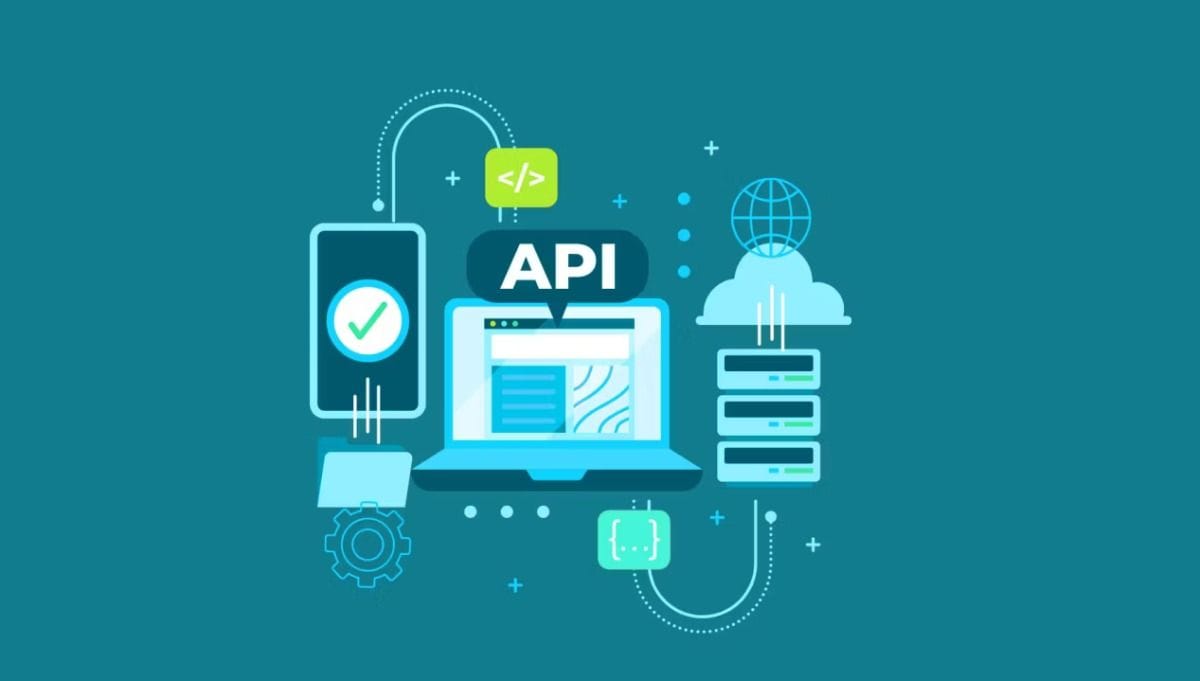Locking Down Your APIs: Essential Security Practices Every Developer Should Know

APIs are the backbone of modern applications, enabling seamless communication between services. However, their widespread use makes them a prime target for attackers. A single vulnerability can lead to data breaches, financial loss, and reputational damage. Let’s dive into key API security strategies with practical examples to fortify your defenses.
1. Protect Your API Documentation
API documentation (e.g., Swagger, OpenAPI) is a goldmine for attackers. If your API isn’t public, secure your docs behind authentication.
Example:
Use basic auth for your Swagger UI:
# Flask example
from flask_swagger_ui import get_swaggerui_blueprint
SWAGGER_URL = '/docs'
API_URL = '/swagger.json'
swagger_ui = get_swaggerui_blueprint(
SWAGGER_URL,
API_URL,
config={'app_name': "My API"},
)
app.register_blueprint(swagger_ui, url_prefix=SWAGGER_URL)
Add middleware to require authentication for /docs and /swagger.json endpoints.
2. Enforce Allowlisted HTTP Methods
Restrict your API to only the methods it needs (e.g., GET, POST). Reject unexpected verbs like PUT or DELETE.
Example:
In Node.js/Express:
app.use('/api', (req, res, next) => {
const allowedMethods = ['GET', 'POST'];
if (!allowedMethods.includes(req.method)) {
return res.status(405).send('Method Not Allowed');
}
next();
});
3. Validate Content Types
Ensure requests and responses use expected formats (e.g., application/json).
Example:
# Django example
from django.http import HttpResponseBadRequest
def my_api_view(request):
if request.content_type != 'application/json':
return HttpResponseBadRequest("Unsupported Media Type")
# Process request
Return a 415 Unsupported Media Type error for invalid types.
4. Use Generic Error Messages
Avoid leaking sensitive data in errors.
Bad Example:
{
"error": "Database connection failed: password 'admin123' incorrect"
}
Good Example:
{
"error": "Internal server error. Contact support."
}
5. Secure All API Versions
Legacy versions (e.g., v1, v2) are often overlooked. Apply security measures universally.
Example:
If your API has endpoints like /v1/users and /v2/users, ensure rate-limiting, authentication, and input validation apply to both.
6. Prevent Mass Assignment
Attackers may exploit request parameters to overwrite sensitive fields.
Example:
A user profile update endpoint:
PUT /api/users/123
{
"name": "Alice",
"email": "alice@example.com",
"is_admin": true
}
Solution:
- Allowlist permitted fields (e.g., only
nameandemail). - Blocklist sensitive fields (e.g.,
is_admin,password).
# Ruby on Rails example
def user_params
params.require(:user).permit(:name, :email)
end
Bonus: API Security Best Practices
- Rate Limiting: Block brute-force attacks.
- OAuth 2.0/OpenID Connect: Use tokens instead of API keys for authentication.
- Input Validation: Sanitize all inputs (e.g., check for SQLi, XSS).
- Regular Audits: Test APIs with tools like Postman or OWASP ZAP.
Final Thoughts
API security isn’t a one-time task—it’s an ongoing process. By embedding these practices into your development lifecycle, you reduce risks and build trust with users. Remember: attackers only need to find one weakness. Don’t give them the chance. 🔒
Found this helpful? Share it with your team!
